Snapshots
Sambar, the name itself evokes the comforting aroma of simmering spices, the earthy richness of lentils, and the unmistakable tang of the tamarind. A cornerstone of South Indian cuisine, this is an iconic dish that transcends regional boundaries, evolving in flavour, texture and the sambar ingredients which continue to travel and thrive from one state to another. Whether served as a piping hot accompaniment to fluffy idlis, or as a soul-satisfying side to crisp dosas, sambar is more than just a dish. A tradition that is steeped in history and flavour, even an easy recipe of sambar is diverse and delicious.
While many associate the dish with a standard recipe and basic sambar ingredients list, the sambar recipes and ingredients have a lot more to discover. From the thick and subtly sweet Arachuvitta Sambar of Tamil Nadu, made with sambar ingredients list that includes freshly ground spices, to the coconut-heavy, and slightly spicier Kerala Varutharacha Sambar, each variant offers a unique expression of local culture and taste. Karnataka’s version leans towards a mildly sweet profile, often enriched with jaggery and aromatic spice blends, while the Andhra-style sambar recipe ingredients pack a bolder punch with generous use of rich chillies and tamarind.
At the heart of every sambar is a comforting blend of toor dal, tamarind extract, and a symphony of sambar ingredients vegetables such as drumsticks, carrots, pumpkin, brinjal, and okra. The magic of the dish, however, lies in its blend of spices which consists of mustard seeds, curry leaves, fenugreek, asafoetida, and freshly ground sambhar powder that elevates the dish into a flavourful experience. Here’s for you to delve a little into the various types of sambar and how each recipe is a beautiful blend of authenticity and taste.
Grab your ladle and get ready to stir up some serious flavour as you discover the delicious world of sambar
1. Classic South Indian sambar
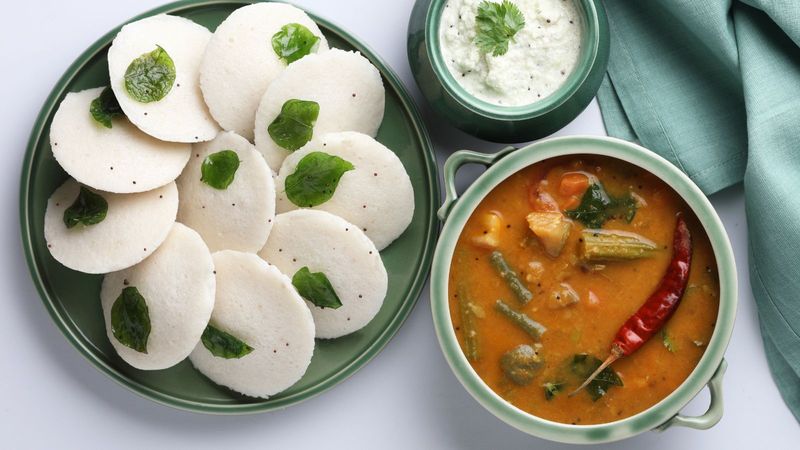
A velvety, mildly sweet and spicy easy recipe of sambar that is often served for breakfast, the key sambar ingredients list for this dish includes toor dal, tamarind pulp, onions, tomatoes, the timeless sambar powder, curry leaves, mustard seeds, hind and jaggery. Making up for thicker consistency, that is smooth in texture and typically made with a soft cooked version of the toor dal, this variant of sambar goes perfectly with idlis, dosas and pongal. Boasting of a balanced and gentle spice profile with a hint of sweetness, this is the classic sambar recipe.
2. Arachuvitta sambar
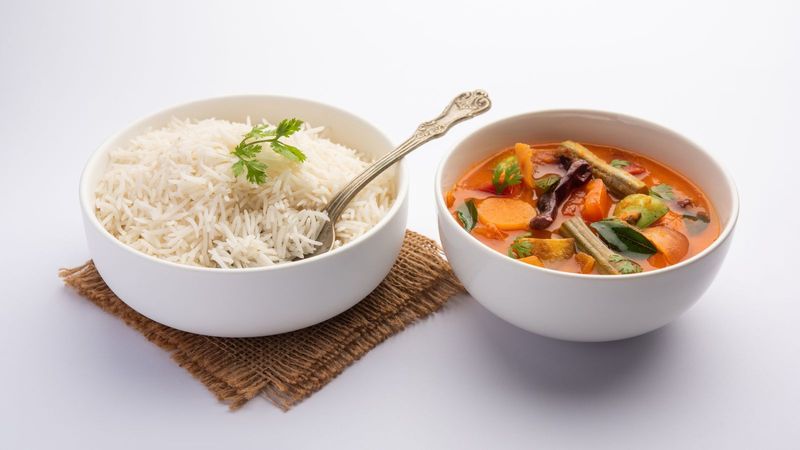
A ground masala sambar recipe hailing from the state of Tamil Nadu, this version of the dish comes with rich flavours made with a freshly ground coconut spice paste. ‘Arachuvitta’ means ‘ground’, and that is exactly where the magic of the dish lies. Prepared with fresh sambar ingredients vegetables such as drumsticks, brinjal or ash gourd, with the basic sambar ingredients like toor dal, tamarind extract and ghee. The sambar powder for this recipe is freshly ground masala consisting of roasted chana dal, coriander seeds, dried red chillies and coconut. Giving off a deep, earthy and intensely aromatic flavour, this sambar recipe is mostly served alongside steamed rice.
3. Mysore sambar
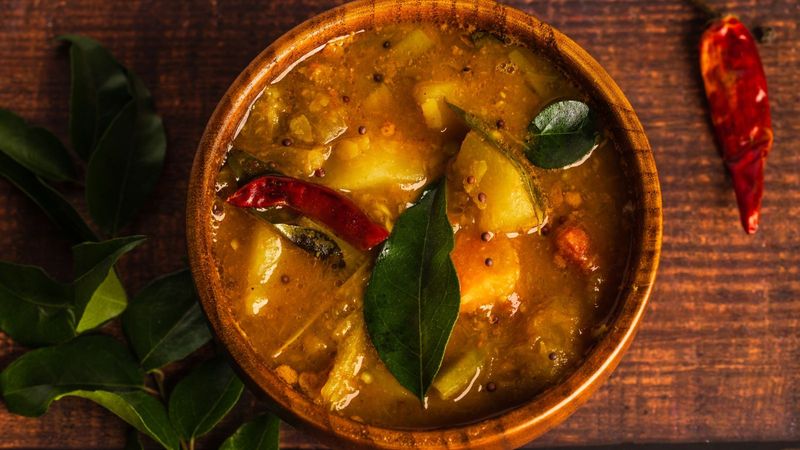
Creamy and luxurious, Mysore sambar is made with basic sambar recipe ingredients consisting of toor dal, tamarind, roasted coconut and spice paste, along with sambar ingredients vegetables like carrots, beans and chow chow, fresh coriander and ghee for garnishing. Embodying a truly unique taste that essentially comes from the roasted coconut and distinct spice mix, the Mysore sambar is thicker and more indulgent than its Chennai cuisine.
4. Kerala sambar
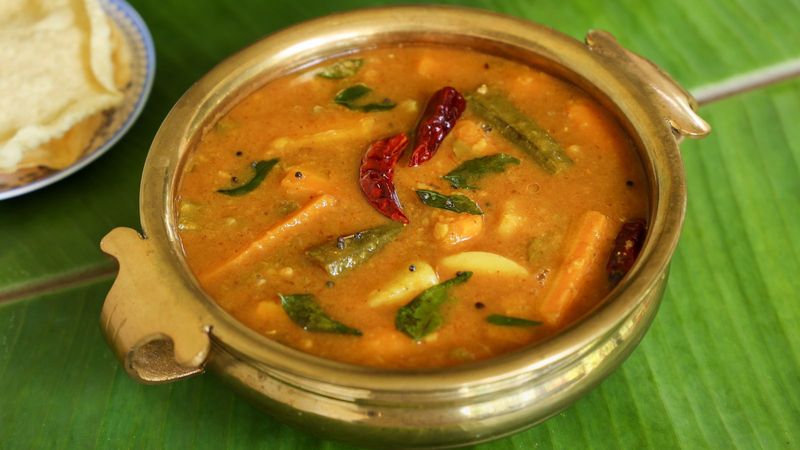
Also known as Varutharacha sambar, this easy sambar recipe makes for the perfect pairing with red rice and papadam. Prepared with a sambar ingredients list that consists of toor dal or a mix or dals, along with a sambar powder made from roasted coconut ground masala, with the addition of a medley of fresh vegetables, tamarind and coconut oil tempering with curry leaves and mustard seeds, this sambar variant is thick in texture and dark in colour. Packed with flavours that range from smoky, nutty and richly textured, the Kerala style sambar is surely a coastal delight worth savouring.
5. Udupi sambar
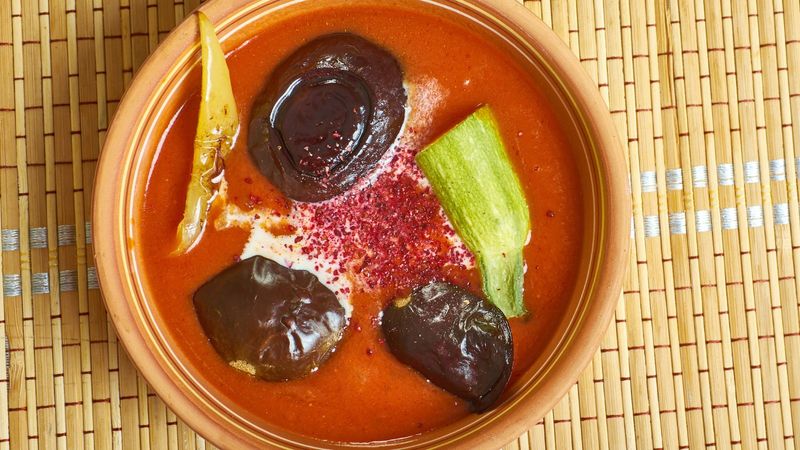
The perfect side dish to have alongside neer dosa or rice, the Udupi sambar is a temple style sambar hailing from the state of Karnataka. Prepared from very basic sambar ingredients like toor dal, tamarind, pumpkin or ash gourd, along with an Udupi style sambar powder, jaggery and coconut oil, this sambar recipe skips the inclusion of onions and garlic. Staying true to its sativa roots, the Udupi style sambar has a distinct sweet and tangy taste from the special blend of spices which is quite soul soothing to experience.


_1751633781324_thumb_1200.jpeg?w=3840&q=75)
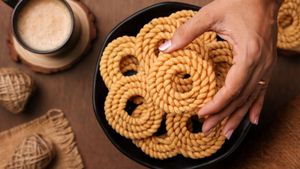
_1713973931104_thumb_300.jpeg)